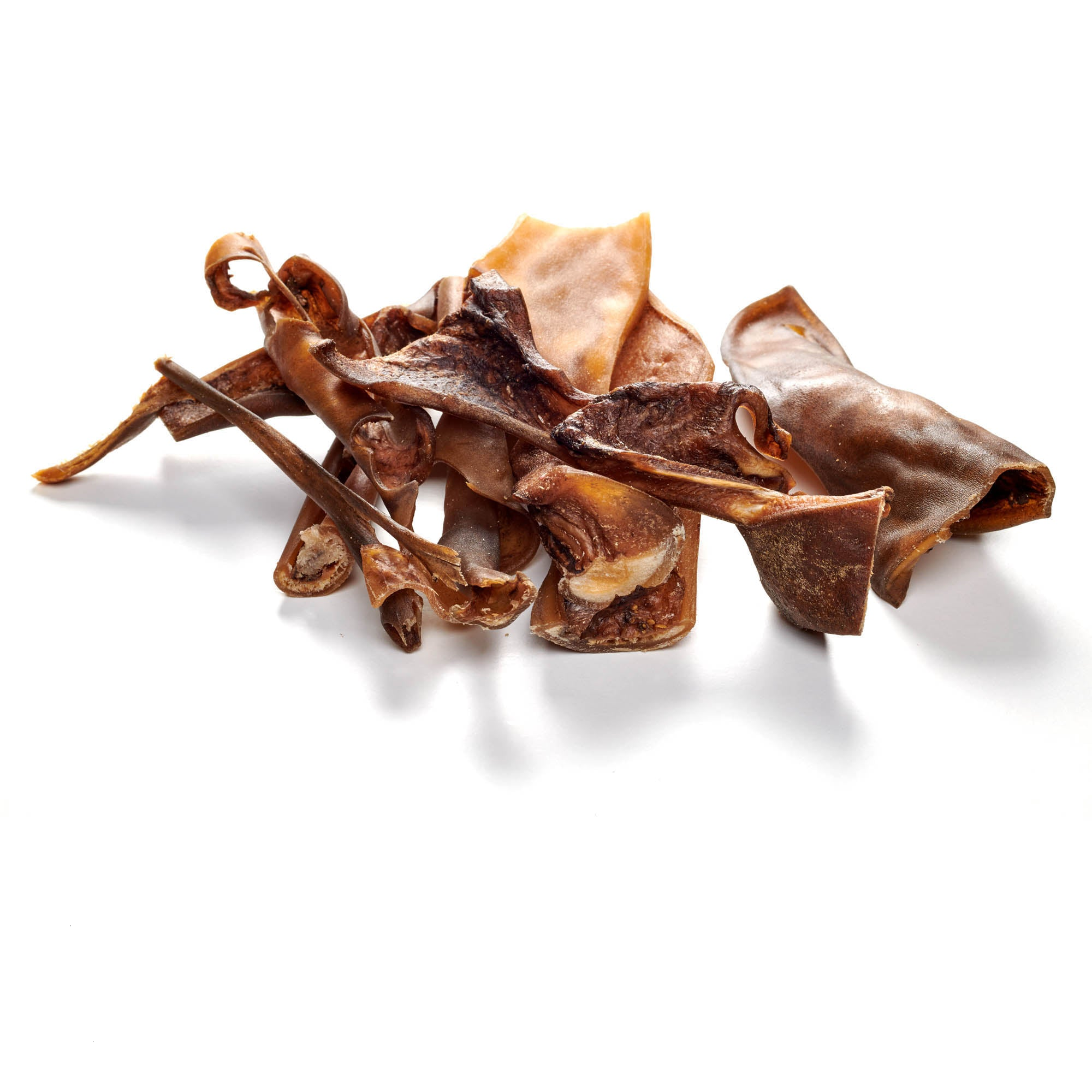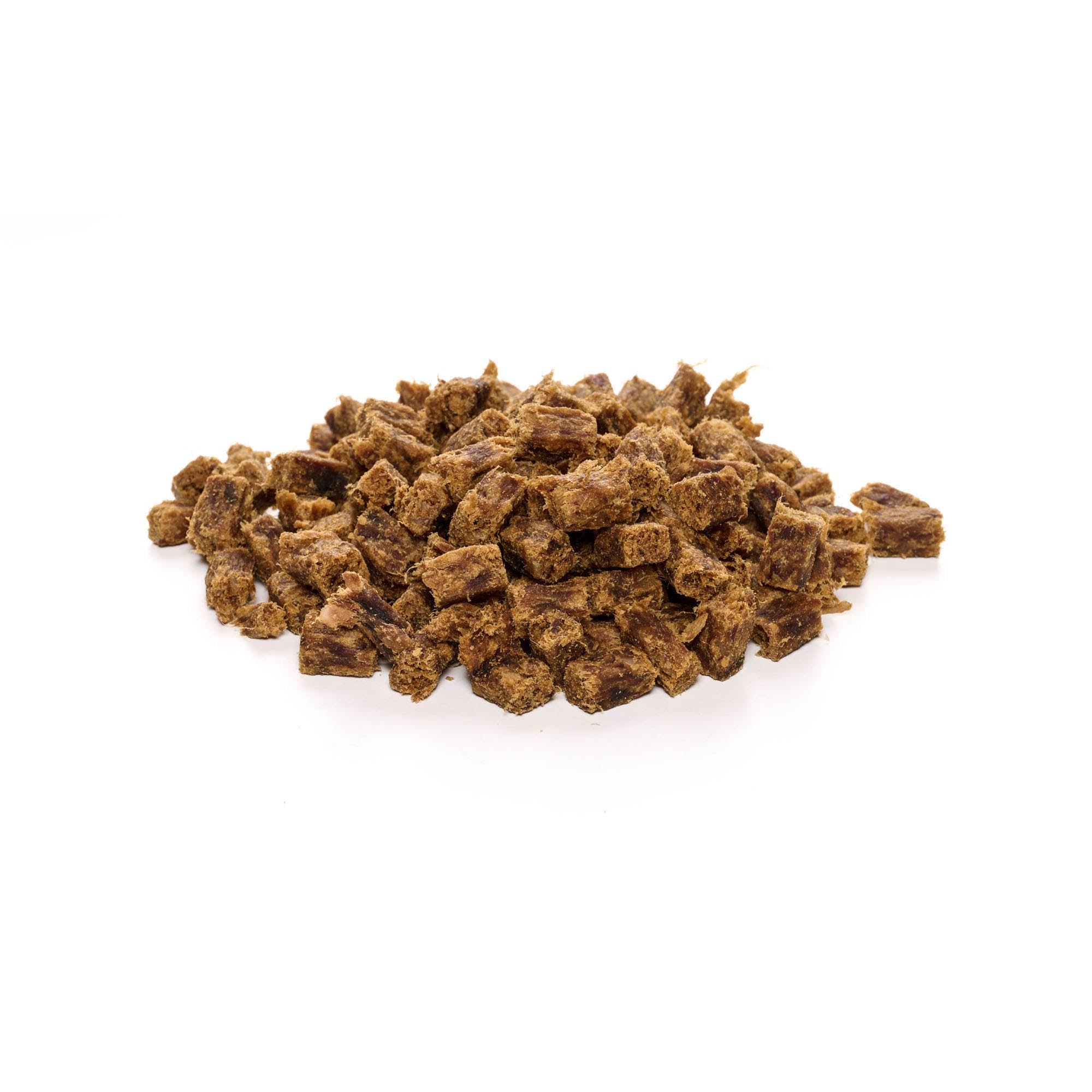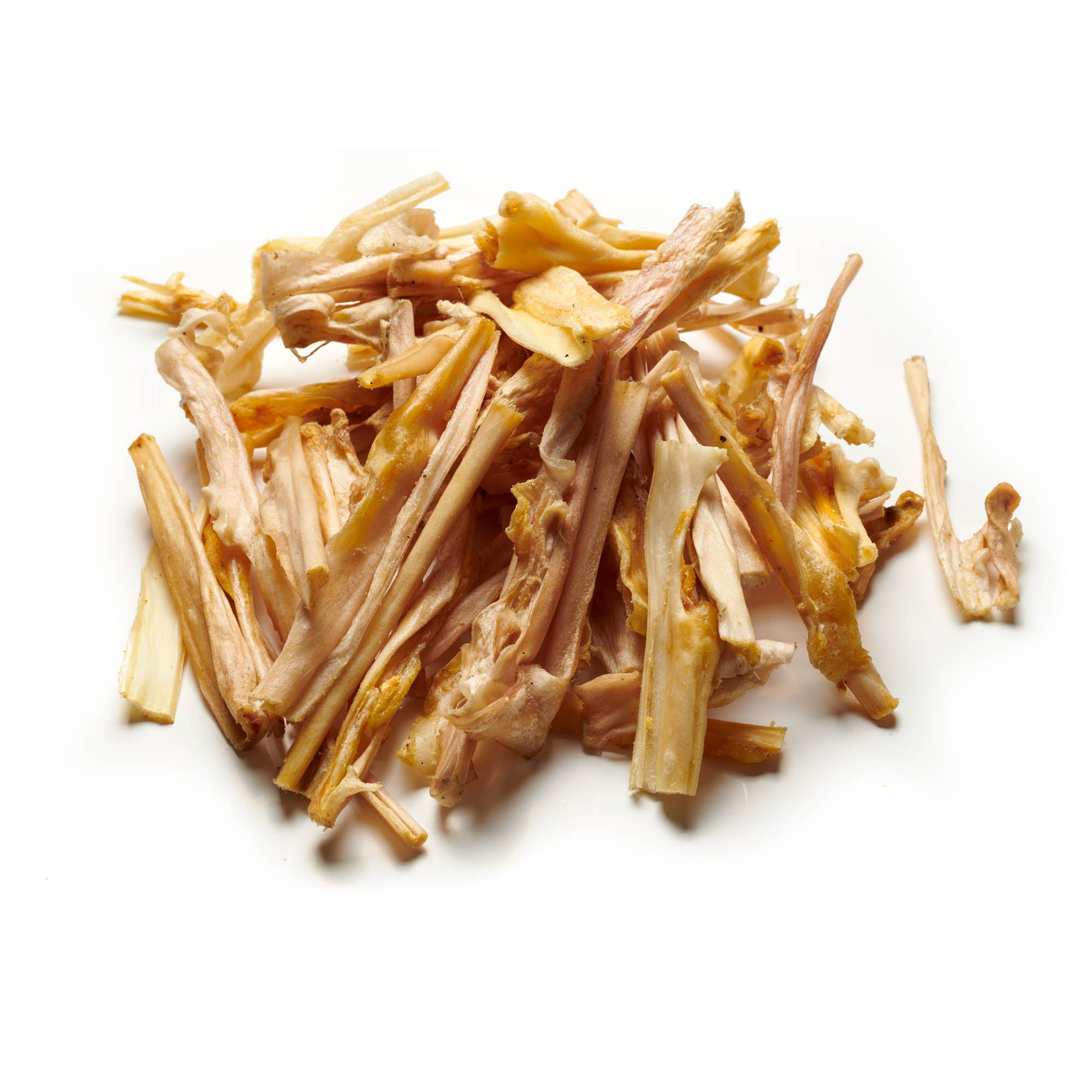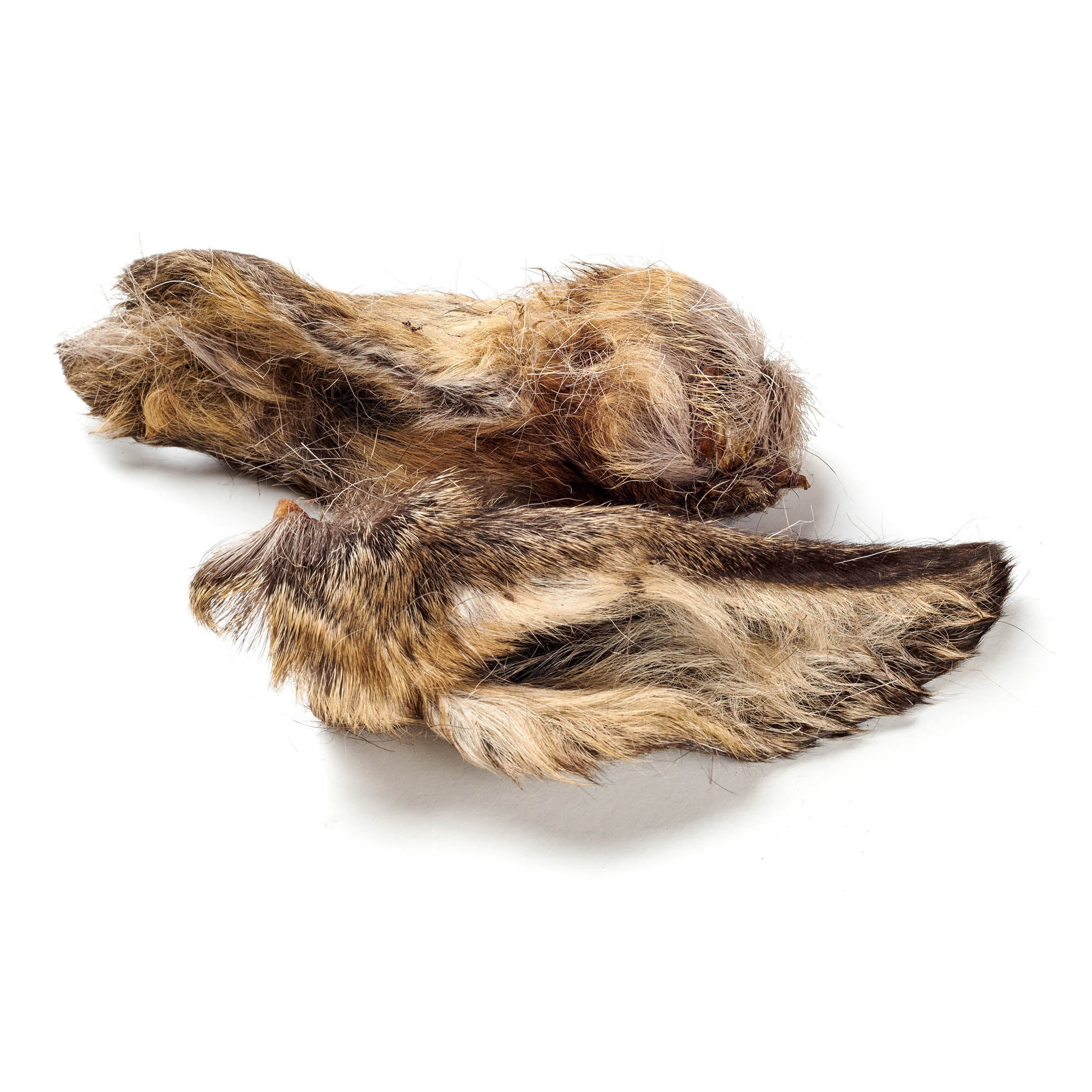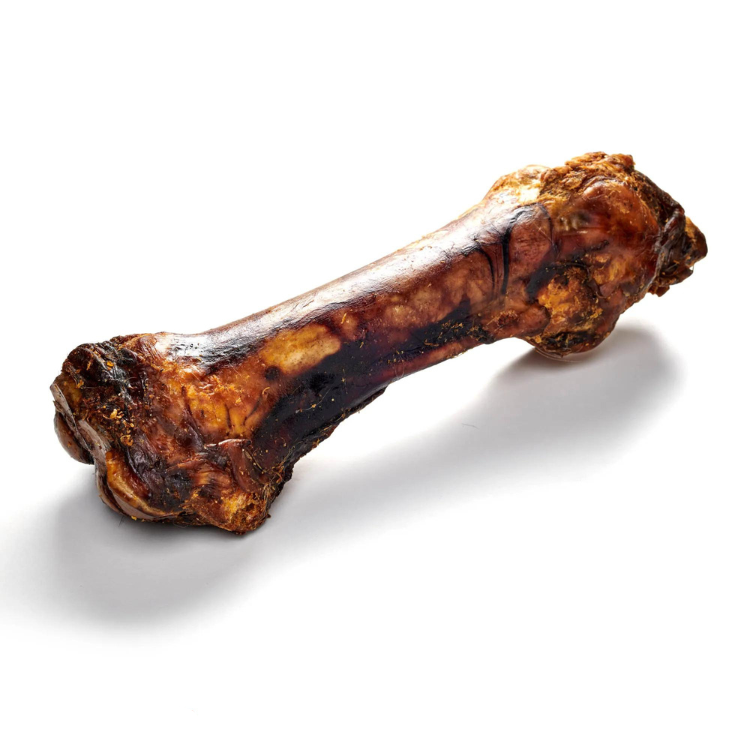
Teaching your dog to give its paws - this is how it works!
Share
Of course, it is not an absolute must to train your dog to do this. However, it is only a small step to learn this command if you have already dealt with the usual commands such as "sit", "down" and so on in dog training.
Content: Teaching your dog to give paw
- Why should I teach my dog to give paw?
- You consciously spend time with your dog
- Dog training is also dog education
- Enjoying success
- Basics
- How to proceed - 5 steps
- What to do if it doesn't work
- Conclusion
Discover delicious dog snacks directly from our range!
Why should I teach my dog to give paw?
You consciously spend time with your dog
Of course you already do that anyway, but it does make a difference whether you are just in a room together or whether you are interacting with each other. You are probably already familiar with this special bond that develops from trips to the park together or when you play. Consciously spending time together is fun and strengthens the bond between dog and human.
Dog training is also dog education
Man's best friend has been with us for thousands of years. One of the many reasons for this is certainly that dogs have the ability to learn from us humans and to carry out orders. This qualifies them not only for jobs such as guard dogs, police dogs and sheepdogs, but also as pets that we love to cuddle with. The sooner your dog develops a positive feeling about learning new things (and orders), the easier it will be later to teach him tricks like giving paw.
Enjoying success
Let's be honest, it's a great feeling to achieve something together and then be able to show it to everyone else. So if you've always been a little jealous of other dog owners who seem to be able to give their furry friends a paw - soon you'll be one of them too!
Make your dog happy with our tasty chews!
Basics
The path to giving a paw is linked to classic commands that every dog should know. Getting your dog to listen to you and for you to be able to rely on him (and him to rely on you!) are fundamental prerequisites for a healthy and functioning partnership between you and the animal. At the very latest, when you leave the familiar circle of your apartment or house and go out into public, where you will encounter unexpected situations, noise and strangers, obedience is very important so that it does not become dangerous - a "heel" or "out" can protect your furry friend from worse, such as accidents on the road.
How to proceed - 5 steps
If you are just starting out, it can be a good idea to make sure you have a quiet environment. Anything that might be disturbing or distracting, such as a TV on or strangers visiting, should be avoided now.
Step 1 - Seat
To give paw, you should first get your dog in a good starting position for your purpose. He is now sitting upright in front of you and listening to you. You have his attention.
Step 2 - Right or left?
Now the question is which side you want to start with. It is advisable to listen to your four-legged friend. Do you have the feeling that he prefers one side? Watch him for a while and see which paw he uses to scratch things when he is curious.
Step 3 - What's that in your hand?
There is nothing wrong with using unfair means in this case to make training more appealing to him - put out a few treats and hold one or two of them in your hand. If you want to bake healthy dog biscuits yourself, you can read how to do it here. Your dog will now smell the snack .
Step 4 - Choose a side
Hold your closed hand with the treat in front of the dog's nose. At this point, you should have decided on one side. To make it a little easier for him to lift his paw, it is recommended that you move your hand slightly in the opposite direction so that he can shift his weight.
Example: You are sitting opposite your dog. You want him to react immediately with his left paw (as seen from you). You therefore move your hand slightly to the right so that his body weight automatically shifts to the right when he comes towards you. As a result, the dog can lift his left paw more easily.
Step 5 - Give paws
The goal is for your darling to touch and scratch your hand with his paw rather than his nose. When this happens, say "give paw" loudly and clearly, open your hand and reward him with a treat. This way he learns to associate the verbal command with your outstretched hand.
A fixed movement sequence, i.e. giving the previous command "sit" and staying on the same paw, helps with training. The more reliably you can give your dog a paw with a treat, the easier it will be to move on to leaving out the treat sometimes. Not only in this case, but also in other cases, you should reward your dog with extra caresses (instead).
But you don't have to do without treats completely from now on! After all, it's always a great achievement when this command is carried out and something like that can of course be rewarded with a tasty dog biscuit every now and then.
What to do if it doesn't work
No one is born a master and you should not blame yourself or your dog. The motto is: practice, practice, practice. Be understanding and under no circumstances punish your dog by withdrawing his love or even using physical or psychological measures such as loud screaming.
Your four-legged friend may simply be overwhelmed or too young. Give him some time. Another tip is to stay with one person at first. That way he can learn the trick with you alone and become more confident. Later you can also involve the rest of your family or friends.
Conclusion
Any dog can learn to give paw if you just keep at it and keep giving him positive encouragement! When it finally works, you can be justifiably proud of both of you! You did it!
Spoil your dog with high-quality chewing products from our range!


